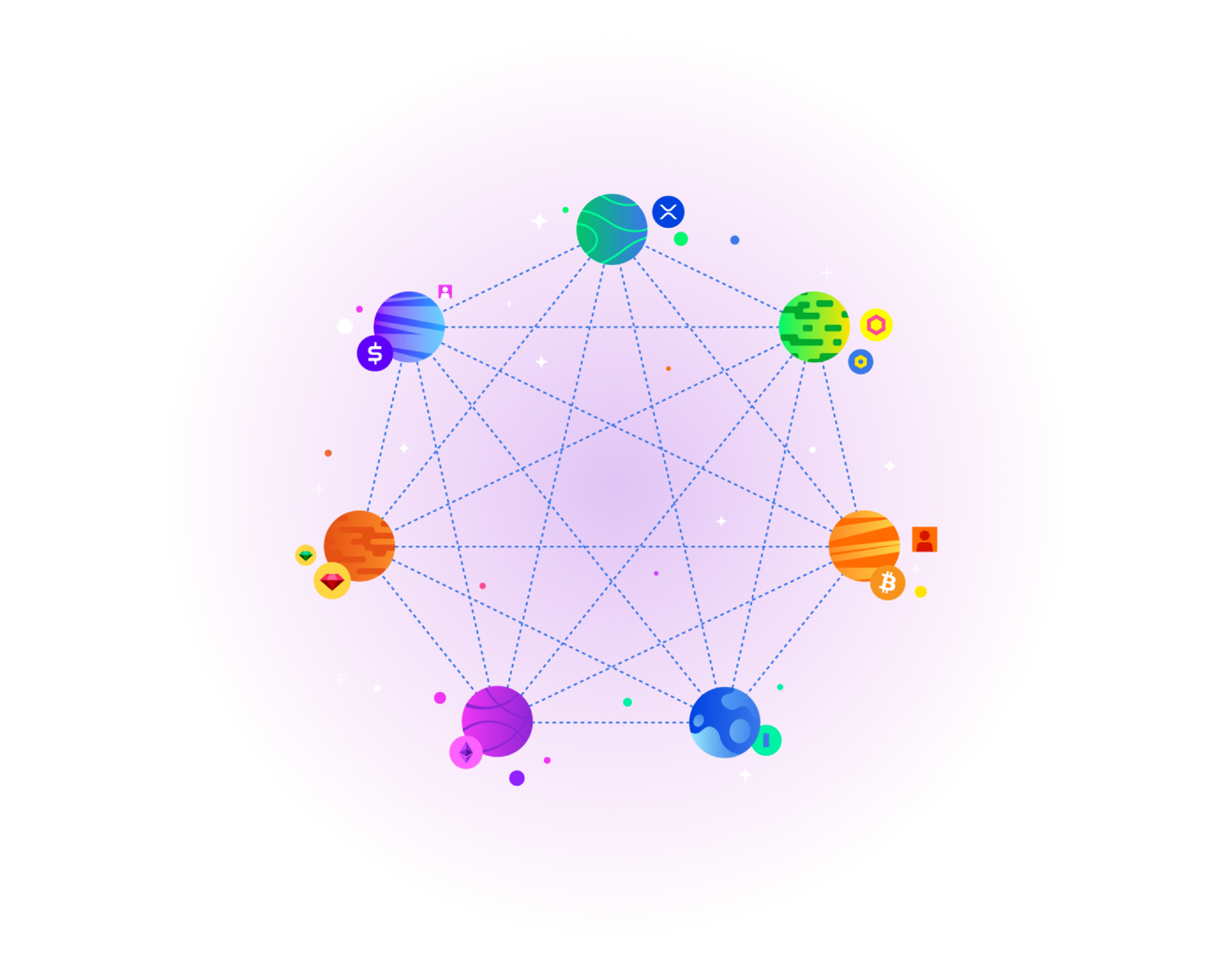A Distributed Data Layer for Blockchain and Crypto Applications
Build a fast data layer for crypto exchanges and payment networks powered by Apache Cassandra®, a true peer-to peer, 24/7 database for 24/7 finance
Get StartedOverview
Open-source, real-time, always-on data layer for blockchain applications
The world of decentralized finance demands instantly available distributed data. After all, users expect to make trades and access their history whenever they want. Prices change quickly and spikes in traffic can never be predicted.
An always-on, fast data layer provides an uninterrupted user experience without overloading the core transaction layer. The only way that exchanges and payment networks can meet the demands of today’s markets is with speed, transparency, and the power of real-time tools.
How to Win in Crypto: The Value of Distributed Data for Decentralized Finance.
Read the EbookTransparent platform
- Horizontal scalability: Serve up users' positions, balances, and full trade history
- High availability: Trust that transaction data is available to users 100% of the time
- Multi-cloud: Move data to different clouds or geos to meet performance or regulatory needs
- Open source Cassandra: Built on a top-level Apache project since 2010
Real-time data
- Low latency writes and reads for the best experience
- Ingest and display trade pricing data at any traffic volume
- Serverless architecture scales down to zero and up to infinity
Improve agility and speed for blockchain-based businesses.
Watch the WebinarSolutions
Cassandra-based DBaaS for high volume transactions for cryptocurrency and blockchain
DataStax Astra DB, a DBaaS built on Apache Cassandra®, is ideal for highly volatile environments like the crypto market. It reduces deployment time from weeks to minutes, and delivers an unprecedented combination of pay-as-you-go pricing with the freedom and agility of multi-cloud and open source.
Real-time trade analytics and pricing data
Ingest and display trade pricing data in real time and make it available via API for consumption on apps and other places
Visibility into users' full trade history
Trust that data is available to users 100% of the time and provide full transparency of all transactions on the blockchain
Serverless architecture to reduce TCO and handle peak workloads
Always be ready for unexpected spikes in traffic, and scale up and down as needed
Distributed peer-to-peer architecture
Provides the flexibility to move wherever needed given the shifting regulatory environment for crypto
See Astra DB in action
Request a DemoBenefits
Speed, availability, transparency, and real-time data processing for payment networks and exchanges
Accelerated development
Access a cloud native data platform with all of the power of open-source Cassandra in less than 5 minutes.
Developer-friendly APIs
Avoid the complexities of any particular database technology and use standard REST, GraphQL, and Document APIs.
Freedom of cloud choice
Quickly and easily develop on a cloud native platform and deploy to any cloud, on-prem, or hybrid.
More coding, less ops
Focus on developing innovative features, and let Astra DB take care of operations.
Easy integration
Couple the database layer with event streaming technologies including Apache Kafka® and Apache Pulsar®.
Customer Success
See how exchanges and payments networks are partnering with DataStax to enhance customer experience and build out their ecosystem.
“For ICE, we need to provide information to the customer as to what kind of trade happened, when it happened and where it happened, and this needs to occur in real time at massive scale. For such use cases, a distributed, scalable data layer like DataStax that remains always on is a very good fit.”
Ajit Singh
Director of Data Technology Platforms at ICE
Get Started
Leading exchanges and payments networks are already using DataStax to accelerate innovation and win customer loyalty.



